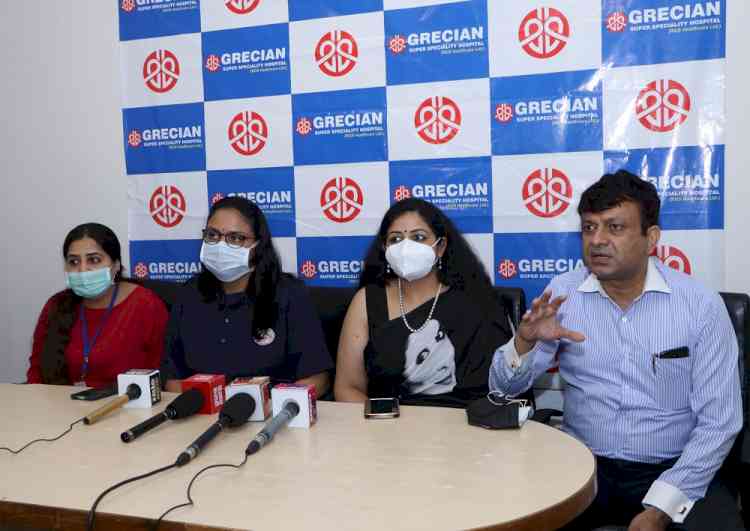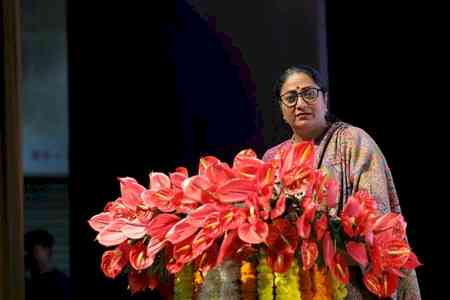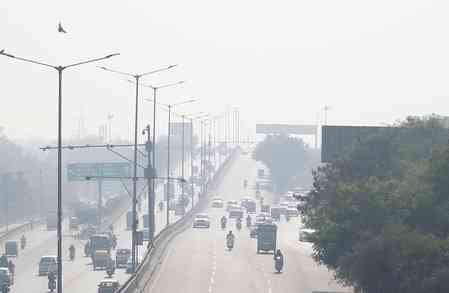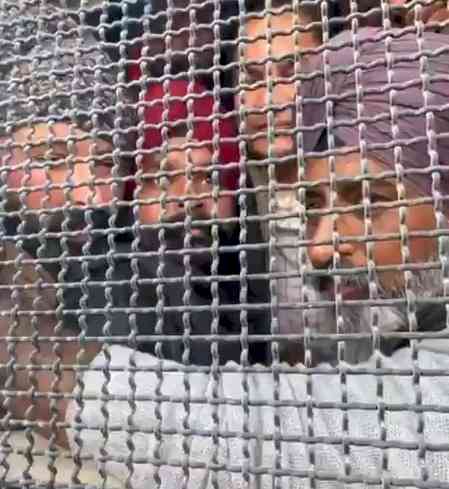Over 600 critically ill patients treated by ICU team at Grecian Hospital Mohali in 2nd Wave of Covid 19: Dr Preeti Sharma
The hospital saved many precious lives

Mohali: In order to create awareness on Critical illnesses and ICU care in Tricity, the Critical Care team of Grecian Superspeciality Hospital Mohali had organized a press conference and shared the various facts and myths regarding the Critical Care , Covid Care & Ventilation.
Speaking on this occasion, Dr Preeti Sharma , Senior Consultant Pumonology & Critical care , at Grecian Superspeciality Hospital Mohali said that “Critical or Intensive Care involves the diagnosis or management of life-threatening health conditions, that often require life-support systems. The facilities in these units are considered to be the best and most technologically advanced, that a hospital can offer.
The ICU in manned 24/7 by Specialized doctors, specialized nurses, respiratory therapists, physical therapists, pharmacists, nurse practitioners, dietitians, and physician assistants. Equipped with the best technology like Ventilator, Non Invasive Ventilarors Dialysis machines, ECHO, High Flow Nasal cannulas, Advanced Cardiac Monitors ICU ensures the highest level of patient care. Dr Preeti Sharma also shared that in the 2nd wave of -19 the ICU team at Grecian Super Specialty Hospital had treated over 600 plus Critically ill patients suffering from Covid 19 and saved many precious lives. In this 2nd wave of Covid Grecian hospital has received many critically ill patients from far off places like Delhi, Noida, Faridabad, Meerut, Panipat, Jammu, Bareli, Dehradun, Haridwar , Mathura etc.
Dr Preeti also said that “India has seven doctors for every 10,000 people, half the global average, according to the World Health Organization. Data from the Indian Medical Association shows the country needs more than 50,000 critical care specialists, but has just 8,350 Doctors havinf Formal Training & Qualification in Critical care .
Speaking on this occasion Dr Maninderjit Kaur , Sr Consultant & Head Critical care at Grecain Hospital Mohali “Almost all big hospitals be it private or public has intensive care unit (ICUs). If you look closely these 10-20 beds of Critical care are separate section at any hospital are always full. For many, ICUs seems like a place that admits patients of poly-trauma (accidents) mostly, but given the rising incidents of new age infections & Life style diseases, Viral infections live Covid 19, Tropical infections like dengue, Chikungunya, swine flu, Pneumonia Asthma, COPD, Kidney Failure, Liver Failure, Stroke, CKD, coupled with rising burden of geriatric population, ICU are in demand more than ever. In India five million patients require ICU care but only 70,000 ICU beds are available,” says Dr Maninderjit. Outlining the need for more ICU beds as she points out that changing demographics that yield a higher proportion of geriatric individuals in the overall population and newer infection like Covid will further increase the burden on supply side infrastructure.
Sharing his experience Dr Hitesh Gaur, Consultant Pulmonology at Grecian Hospital Mohali said “While India which has showcased an envious growth in the life sciences industry has very few critical care specialists around the country. India has around 10 hospital beds per 10,000 people while the global average is 30 beds per 10,000 people. Additionally, while there is expected to be one ICU bed per 10 hospital beds, Indian numbers do not stack up to being even close to the norm. The shortage of ICU beds combined with an insufficient number of trained professionals and the financial challenges to setup more critical care centres are all major roadblocks to the development of effective critical care services across the country. Critical care has been exponentially growing for past few years in India with the overall advancement in global critical care research, specialized training available for professionals in critical care, availability of latest and state of the art infrastructure. However, despite these increments, the reach of critical services to the masses is way behind the desired level.
Sharing her view Dr Maninderjit Kaur also said that “another area that needs to be worked upon to ensure ICU’s are used effectively in all hospitals is the improvement in step down care facilities. Home health care or E-ICU might work well for patients who require nursing or physio care, however, this may not be desirable for patients recovering from critical illnesses since it will be too early for them to move into a non-monitored environment. Transition care will be the perfect fit for such patients to ensure a holistic approach to recovery from post ICU status.” The number of ICU beds available in our country is disproportionately low, both in private as well as public hospitals. Obtaining a bed in ICU is quite often difficult for critically ill patients. Owing to shortage of ICU beds, only the most critical of the deserving patients are provided ICU care, that could contribute to high mortality inside the ICU as well as outside the ICU (in the wards). There appears a strong need to increase the ICU beds to at least 10% of total beds in all hospitals; and even upto 15-20% in some leading public as well as private tertiary care centres.
Scope of critical care medicine
Managing critically ill patients having septic shock, severe pneumonia , ARDS, respiratory failure, renal failure, liver failure poisoniong, stroke, trauma etc.
Essential component of a standard critical care unit
• Advanced ventilators
• Non-invasive ventilators
• High flow nasal cannula
• Advanced monitors
• ABG Analysis
• In ICU bed side dialysis
• Round the clock consultant intensivist.
• Bedside Inasive procedres
• Multispeciality Care.
• Teaching Programs for Doctors & Nurses.


 cityairnews
cityairnews 











